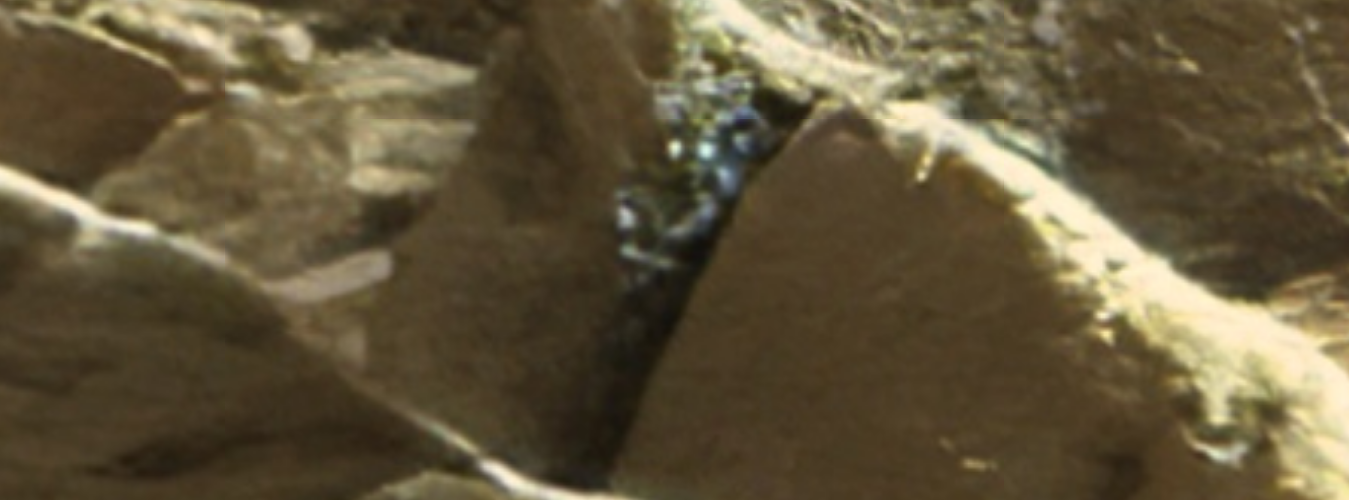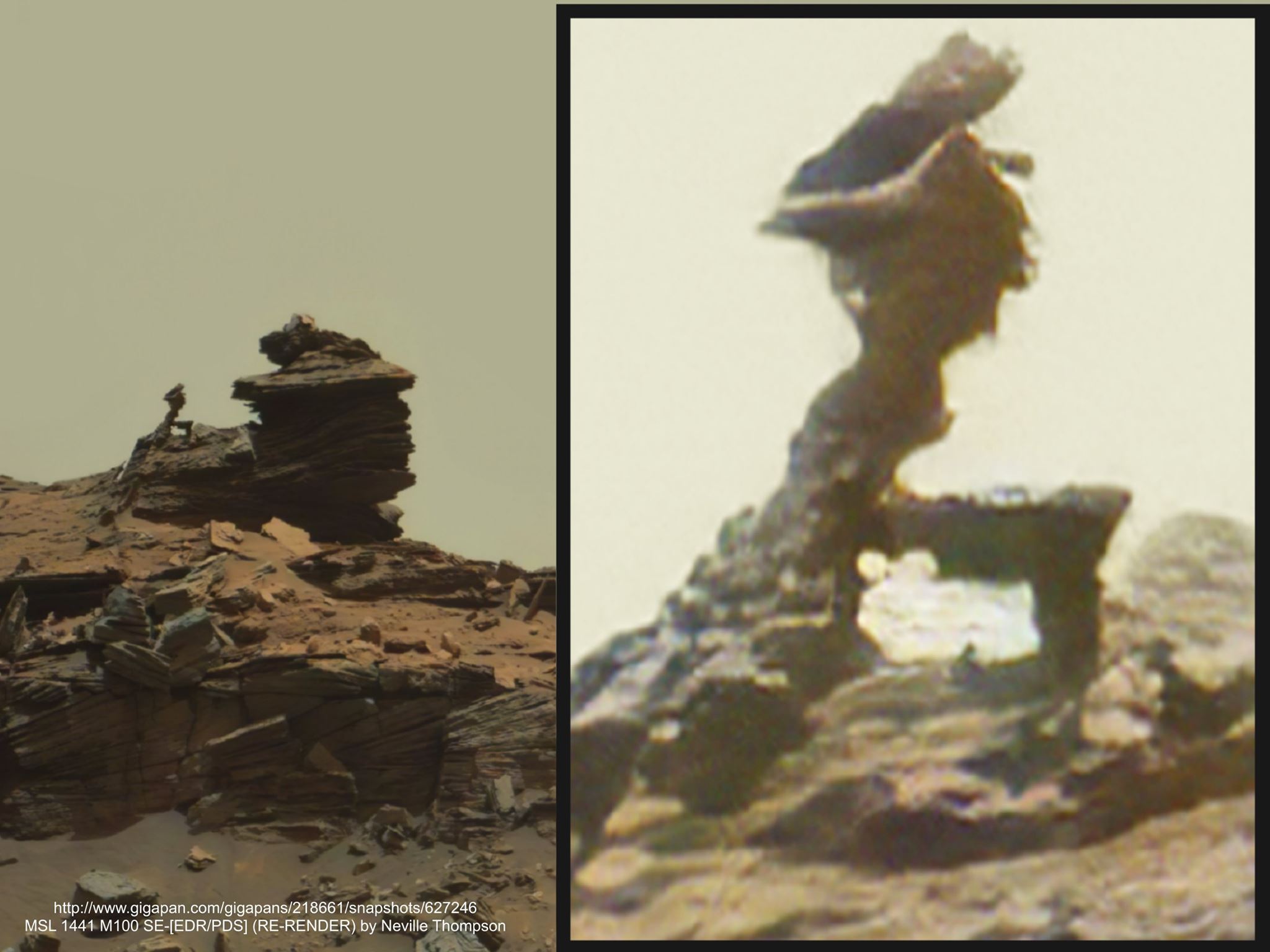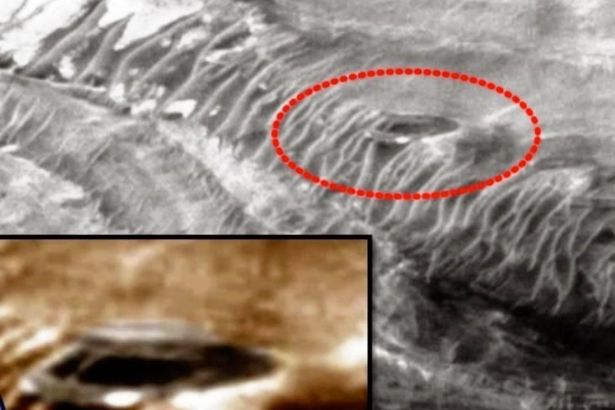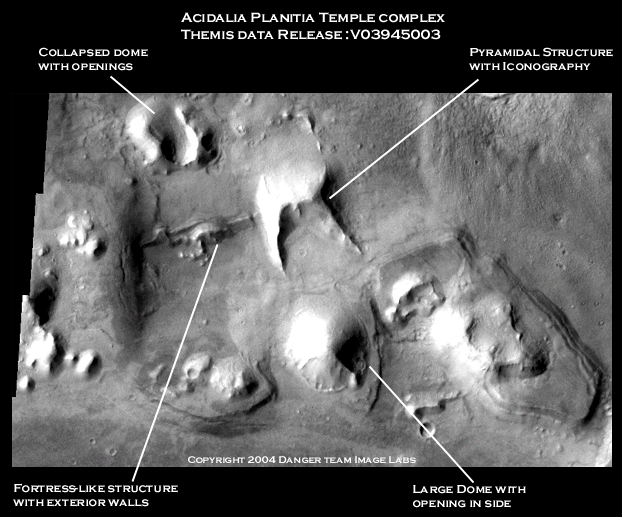I’ve been thinking about writing this for quite a while, and with the landing of the Perseverance rover, well, now’s the time. I’ve been fascinated by all things outer space since I was 5, and still am. When I was a little one, I used to fantasize fleets of flying saucers coming over the Western horizon at sunset; still waiting, ha. I also started reading science fiction very early, mostly Robert A. Heinlein and Ray Bradbury. Bradbury’s “The Martian Chronicles” is my favorite sci fi book to this day, followed closely by the Frank Herbert masterpiece “Dune,” which I’ve sometimes thought is a thinly disguised book about ancient Mars. I’ve long thought Bradbury must have spent time on Mars in some past incarnation. The way he describes it in “Chronicles” sounds…right, somehow. The book was actually a collection of short stories he had written about Mars, later collected into the book. The story “Night Meeting” is my single favorite piece of writing to this day. Bradbury had a very poetic writing style, and could invoke mysterious vistas with just a few words. I should also add that I’ve never believed that science fiction was “fiction;” I figured that anything they wrote about had happened somewhere in the Universe, or was going to happen. Which opens another subject; where do artistic ideas originate in the first place? Another time.
I also have been a huge follower of the space program since that early age. I remember seeing a timetable in a magazine, which said they would land on Mars in, yes, 1985. I realized I’d be 34 then, and could maybe be one of those first people to go there. Didn’t make it, but hey, that’s ok. My dad had been a Navy pilot on a carrier in the Pacific during WW2, and I’ve always thought that may have spurred my interest in flying in the first place. In 8th grade, I wrote a term paper, the “Race To Space.” I started with all of the experimental planes, the X-1 through the X-15, followed by the Mercury, Gemini and Apollo programs. Of course, by spring of 1965, only Mercury and Gemini had flown, and Apollo was a bit in the future. But, NASA also had most of Apollo designed at that time, and when it started flying shortly after, including the 1969 Moon landing, much of what I had written about went exactly as planned. I still have this paper, all written in longhand, and I get a hoot out of showing it to young folks. But…what about that 1969 Moon landing? To this day, there are people who think it was a “hoax,” as the saying goes, and the whole thing was filmed by none other than Stanley Kubrick, who produced the great masterpiece “2001, A Space Odyssey,” which he wrote along with Arthur C. Clarke (and blew the shorts of a whole generation when we saw it). The question I always ask is: what about the 5 other Moon landings, ending with Apollo 17? And where was the ill fated Apollo 13 flight going when disaster struck? No one ever has an answer for that, and we’ll leave it there for now. And for a bit of trivia, I’m betting few people know that Buzz Aldrin, the 2nd man on the Moon, and also a 32nd degree Freemason, claimed the Moon “as being in the territorial jurisdiction of the Grand Lodge of Texas.” Ez to look up; check the Tranquility Lodge 2000, and “The New Age Magazine,” November 1969, a Masonic publication. Kenneth Kleinknecht, the manager of the Apollo program, was a 33rd degree Mason. Interesting stuff. Does the Moon belong to the Masons?
Speaking of Mr. Clarke, here’s a quote from the February 2001 issue of space.com: “I’m fairly convinced that we have discovered life on Mars. There are some incredible photographs (from JPL), which to me are pretty convincing proof of the existence of large forms of life on Mars! Have a look at them. I don’t see any other interpretation.” Thank you Mr. Clarke. And that’s the subject of my article. I started doing some Mars research over a year ago, and discovered a vast world that I had no idea existed. I started by just looking around on the Internet for Mars pictures; I found a zillion of them, and some very serious people who had been looking into this for years. There are at least 3 NASA satellites that have been taking hundreds of thousands of pictures of the Martian surface, as well as the Rovers; all of these are online, and available for anyone to look at, all public domain. What the researchers are doing is simple; they look at pictures that cover a wide range of the surface, called Gigapans, and then through recently developed software, they can zoom in to look at very small areas in great detail. And they have found, as far as myself and Mr Clarke are concerned, convincing evidence of a past civilization (s?). Of course, this is where the fun begins, as there are plenty of folks who do not agree with this premise. Including NASA, who often state that they are only looking for “microbes” on Mars. Yet, they themselves speak very confidently of ancient riverbeds and oceans on Mars, and the reality that Mars also had an atmosphere at one time, now reduced to very little. They have also found recent evidence of water coming out of Martian cliffs, and those pics are ez to find. Vast bodies of water can mean life. Not just microbial.
I find it somewhat amusing that in today’s world, we have many movies about superheroes, time travel, space vehicles, and events in galaxies “far far away.” Yet, if someone dares suggest that there was life on Mars, for real…well, that’s a fantasy, tin foil hat stuff, “ancient aliens,” conspiracy theories. Which leads me to ask simple questions, such as; why couldn’t there have been (or still be) life on Mars? Or on zillions of other planets? Plz give me a sensible reason, and I’ll believe you; I cannot think of any. In a Universe with 100 billion galaxies (a conservative estimate), which means trillions of planets, it seems absurd that ours is the only planet with life. Beyond absurd, actually. I’ve reflected on this phenomenon a great deal, and it seems to me that there has been, and still is, a kind of bizarre narcissism with people that cannot conceive of life anywhere else; as if human beings are the pinnacle of achievement in life forms. This was never demonstrated more explicitly than in the position of the Catholic Church hundreds of years ago, when men of science were in danger of being burned at the stake for stating the truth about the many new discoveries they were making. It is still being demonstrated today by many scientists themselves, who, as I just stated, are only looking for microbial life on Mars. And ha, they use a very new agey word, “pareidolia,” which means that humans see “what they want to see,” such as faces in clouds or life on Mars where there are only rocks. I refer to this word as paradiddle, and would also say…if paradiddle exists, then that means NASA scientists are also vulnerable to having it happen. They cannot see what’s right before their eyes, and invent ludicrous explanations that make no sense. Which opens yet another door; why are they hiding what they know about Mars? There are many people discussing this. BTW, Indigenous people all over the world have spoken of “Star People,” and say that they have been aware of these beings for millennia. It seems to be mostly people of European descent that don’t acknowledge this reality. Watch “Indians And Aliens” on the FNX channel.
While doing my ongoing research, I have found some very reputable folks, which means that all of their pictures have direct links to the original NASA photos. Anybody can connect to these links, and see for themselves. I avoid any pics that do not have these links. I got fooled once or twice early on, but no more. I recommend Jean Ward (Mars Anomalies), Keith Laney and Neville Thompson’s Gigapan sites, and Martine Grainey (Martian Genesis), who has found many unusual pictures. There are surely others as well. I am still learning, but have found many many artifacts (or “anomalies”) that are mighty difficult to identify as “natural.” I have also found some repeated phenomenon, things that I’ve seen numerous times, such as what look like statues, columns, heads, animals that may look somewhat familiar to Earth critters, walls with right angles, giant ribbed tubes that are all over the planet, and other things that are as far from natural as we can get. I’ve included some of my favorite pics; I could have chosen many others. And hey, I’m up for intelligent and serious discussions about any of this. Unfortunately, many people resort to childish and goofy comments, which doesn’t help anything. Except to show a great lack of depth on their part.
With all of the artifacts being found, the question arises; what happened on Mars? One thread that runs through the many comments I’ve read is that there was a catastrophic war on Mars long ago, and we are seeing the wreckage of that event. Dr John Brandenberg has stated that they have found traces of elements in the thin atmosphere that could only have come from nuclear weapons. He thinks there was indeed a nuclear war up there (and he wrote a book about it). Others suggest a large comet hit the planet, destroying the atmosphere and life. There are also folks who think that the survivors of that long lost civilization migrated to Earth, and we are the descendants of those people. And that we are very close to destroying this planet as we did Mars. Which does not sound far fetched to me at all.
As far as the narcissism I mentioned; well, recall how the Air Force would always say UFO sightings were weather balloons, swamp gas, Venus, and a host of other ludicrous explanations. Now they are releasing videos of their own pilots having encounters with strange craft, and admitting that they were looking seriously into this area for years. Remember also how the CIA denied the existence of Area 51 for many years, only to finally admit that it did, in fact, exist. The book “Blank Spots On The Map,” by Trevor Paglen, looks into a number of top secret government programs that are hidden from the public, as does “Body Of Secrets,” by James Bamford. And when Harry Truman became president, he was astonished to finally learn of the Manhattan Project, which he was not even told about as vice president. There are many things going on inside governments around the world that they hide from their citizens. I believe the existence of a previous civilization on Mars is one of those. I am having a hoot with my personal research, and as Mr Clarke said, “I’m fairly convinced that we have discovered life on Mars.” I believe that if our governments finally admitted this fact, it could have a very positive effect on humanity in general, to realize that yes, we are indeed just a very small part of a vast network of intelligent life all across the galaxy, and Universe. We crave this in our movies, books, and TV shows. To accept it in real life could be the greatest step humanity has ever taken, and open doors to a vast and infinite reality. I am hoping this will occur very soon.












